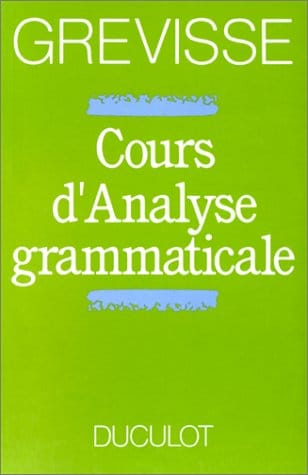America Past And Present 7th Edition Ap Outlines Of People
Posted : admin On 08.01.2020

Life in the New England TownsMassachusetts was at the front of the colonies attemptingto abolish black slavery.New towns were legally chartered by the colonial authorities,and the distribution of land was entrusted to proprietors. Everyfamily received several parcels of land.Towns of more than 50 families had to have an elementaryschool.Just 8 years after Massachusetts was formed,the colony established Harvard College, in 1636. Virginiaestablished its first college, William and Mary, in 1693.Puritans ran their own churches, and democracy in CongregationalChurch government led logically to democracy in political government.The Half-Way Covenant and the Salem Witch TrialsAbout the middle of the 17 th century, anew form of sermon began to be heard from Puritan pulpits - the ' jeremiad.' Troubled ministers in 1662 announced a new formulafor church membership, the Half-Way Covenant. This new arrangementmodified the covenant, or the agreement between the church and its adherents,to admit to baptism-but not 'full communion'-the unconverted childrenof existing members. Sri lanka national anthem tamil. This move increased the churches' memberships.This boost in aided the money-stricken church.A group of adolescent girls in Salem, Massachusetts,claimed to have been bewitched by certain older women. A witch huntensued, leading to the legal lynching of 20 women in 1692.In 1693, the witchcraft hysteria ended whenthe governor of Massachusetts prohibited any further trials and pardonedthose already convicted.
In 1713, the Massachusetts legislatureannulled the 'conviction' of the 'witches' and made reparation totheir heirs.The New England Way of LifeThe soil of New England was stony and hard toplant with.There was less diversity in New England than inthe South because European immigrants did not want to come to a placewhere there was bad soil. The summers in New England were very hotand the winters very cold.The Native Americans recognized their right to USEthe land, but the concept of OWNING was unknown.The people of New England became experts at shipbuildingand commerce due to the timber found in the dense forests. Theyalso fished for cod off the coasts.The combination of Calvinism, soil, and climate inNew England made for energy, purposefulness, sternness, stubbornness,self-reliance, and resourcefulness.The Early Settlers' Days and WaysWomen, slave or free, on southern plantations or northernfarms, wove, cooked, cleaned, and care for children. Men clearedland; fenced, planted, and cropped the land; cut firewood; and butcheredlivestock as needed.Resentment against upper-class pretensions helped tospark outbursts like Bacon's Rebellion of 1676 in Virginia andthe uprising of Maryland's Protestants toward the end of the 17 thcentury. In New York, animosity between lordly landholders andaspiring merchants fueled Leisler's Rebellion, an ill-starredand bloody insurgence that rocked New York City from 1689-1691.In 1651, Massachusetts prohibited poorer folk from'wearing gold or silver lace,' and in 18 thcentury Virginia, a tailor was fined and jailed for arranging to racehis horse-'a sport only for gentlemen.' Estimated Slave Imports to the New World, 1601-1810Region.
100Chronology1619:First Africans arrive in Virginia1636:Harvard College founded1662:Half-Way Covenant for Congregational Church membership established1670:Virginia assembly disfranchises landless freeman1676:Bacon's Rebellion in Virginia1680s:Mass expansion of slavery in colonies1689-1691:Leisler's Rebellion in New York1692:Salem witch trials in Massachusetts1693:College of William and Mary founded1698:Royal African Company slave trade monopoly ended1712:New York City slave revolt1739: South Carolina slave revolt.

7th Edition Mtg
&nThe Primary Sources Edition of America Past and Present integrates the social and political dimensions of American history into one rich chronological narrative and includes 2 to 3 primary sources per chapter with critical thinking questions for each source.Writing in a lively narrative style to tell the story of all Americans–elite and ordinary, women and men, rich and poor, white majority and minorities–the authors, six active, publishing, and award-winning historians, bring history to life for readers. Table of Contents.